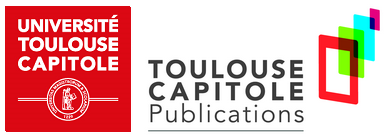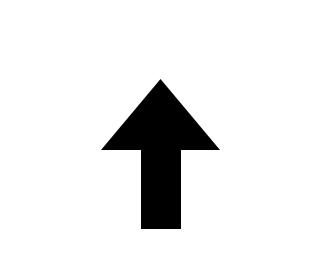Grimaud, André and Rouge, Luc
and Rouge, Luc (2025)
Technology shocks, directed technical progress and climate change.
Macroeconomic Dynamics, vol. 29 (n°e98).
pp. 1-30.
(2025)
Technology shocks, directed technical progress and climate change.
Macroeconomic Dynamics, vol. 29 (n°e98).
pp. 1-30.
This is the latest version of this item.
Abstract
Technical progress is considered a key element in the fight against climate change. It may take the form of technological breakthroughs, that is, shocks that induce significant leaps in the stock of knowledge. We use an endogenous growth framework with directed technical change to analyze the climate impact of such shocks. Two production subsectors coexist: one subsector is fossil-based, using a non-renewable resource, and yields carbon emissions; the other subsector uses a clean, renewable resource. At a given date, the economy benefits from an exogenous technology shock.We fully characterize the general equilibrium and analyze how the shock modifies the economy’s trajectory. The overall effect on carbon emissions basically depends on the substitutability between the production subsectors, the initial state of the economy, and the nature and size of the shock.We notably show that green technology shocks induce higher short-term carbon emissions when the two subsectors are gross complements, but also in numerous cases when they are gross substitutes.
| Item Type: | Article |
|---|---|
| Language: | English |
| Date: | 14 May 2025 |
| Refereed: | Yes |
| Place of Publication: | Cambridge |
| Uncontrolled Keywords: | Directed technical change, endogenous growth, technology shocks, climate change |
| JEL Classification: | O33 - Technological Change - Choices and Consequences; Diffusion Processes Q32 - Exhaustible Resources and Economic Development Q54 - Climate; Natural Disasters Q55 - Technological Innovation |
| Subjects: | B- ECONOMIE ET FINANCE |
| Divisions: | TBS Research Centre (Toulouse), TSE-R (Toulouse) |
| Site: | UT1 |
| Date Deposited: | 19 May 2025 12:35 |
| Last Modified: | 12 Jun 2025 09:35 |
| OAI Identifier: | oai:tse-fr.eu:130549 |
| URI: | https://publications.ut-capitole.fr/id/eprint/50847 |
Available Versions of this Item
-
Technology Shocks, Directed Technical Progress and Climate Change. (deposited 07 Apr 2025 07:36)
- Technology shocks, directed technical progress and climate change. (deposited 19 May 2025 12:35) [Currently Displayed]




 Tools
Tools Tools
Tools

